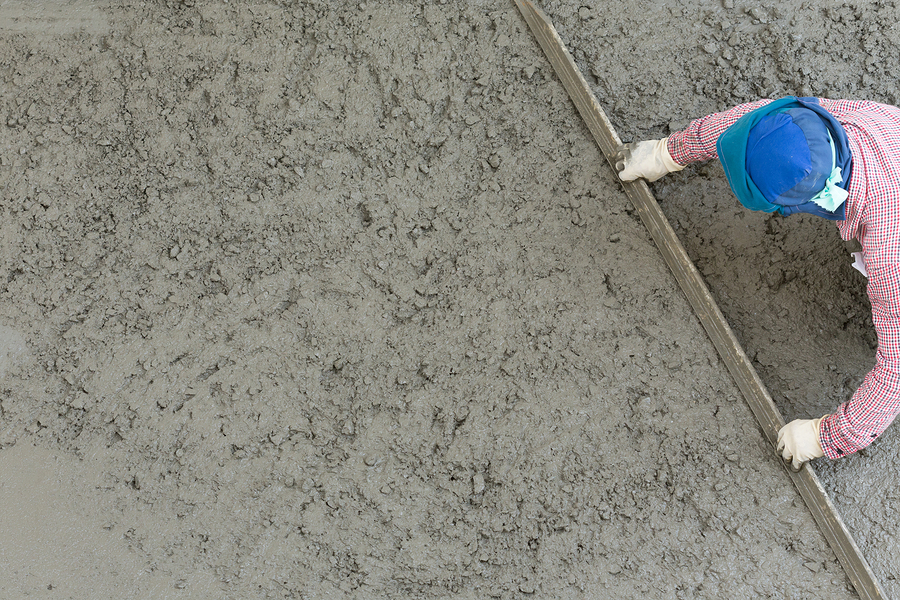
In time past, concrete was the plain-Jane of surface types, as it was all about cement being poured into unappealing grey slabs, and that is why many homeowners opted for more expensive building materials such as brick, natural stones, wood, and others while constructing their homes. These other types of building materials give that area or space a sophisticated or luxurious appearance.
Many people choose to use other types of building materials because those other materials are less messy than cement, which requires mixing and a lot of care to avoid sloppy results.
Due to recent innovation in architecture and landscaping, concrete is no longer the unwanted surface but is now popularly applied. And it’s even better as concrete can be made to look decorative using methods such as acid stains, stamp designs, and overlays.
Are you considering a new concrete driveway, patio, pool deck, or walkway? Do you want to install some concrete countertops in your kitchen? Would you like to create an attractive focal concrete wall? The possibilities of using concrete to construct a variety of floorings and design and building elements are endless.
For more details about Hayward cement drying and other concrete and masonry works, contact Hayward Concrete and Masonry at (510) 907-7057.
Factors Affecting Cement Drying Time
Some questions that always crop up while a concrete project is being planned are “How long does cement take to dry?” or” How long does concrete cure?” During any kind of concrete or cement work, downtime is always a cause for concern to builders and clients alike. Cement drying time is dependent on the thickness of the poured cement and also on the environmental conditions.
The weather plays a huge role in how quickly the drying and hardening process of cement occurs. Determinants such as rainfall, wind, sunlight, and humidity all contribute to the length of time it takes for concrete to dry. An imbalance in moisture can affect newly poured cement adversely, thus creating cracks as the cement dries.
Concrete will dry and harden better if left to dry at its natural pace without any additive. If the weather condition is too wet for the concrete, maybe the project was executed during the rainy season, then the cement can be covered with plastic to reduce moisture absorption and protect the cement. If the weather condition is too hot and dry (above 80 degrees), then it’s recommended that the cement be kept moist by watering it with a water hose to prevent it from cracking.
Cement Drying Duration
It would take 72 hours or less for poured concrete to dry enough to be walked on or driven on, but it is worthy to note that cement continually dries even months after being poured or constructed. The general rule is that for every inch of cement poured about 30 days would be required for the cement to dry completely.
Some builders opt for accelerants, which are chemicals that are added into the cement during mixing. These accelerants help the cement to dry much faster, thus reducing project downtime.
Though many builders prefer to use accelerants such as calcium chloride or calcium formate, it is best that concrete is not just allowed to dry on its own but is also allowed to cure. When cement is dried quickly, it results in a steep moisture gradient, which can result in the formation of internal micro-cracks. This is why cement should be allowed to dry and cure without the use of accelerants.
Types of Curing Method
- Shading Method - This method prevents water from evaporating from the concrete before the surface is set.
- Covering Method - This method is popular and entails covering the cement structure with a material such as hessian or even cement bags.
- Sprinkling Method - This method requires that the concrete structure be watered by using a water hose.
- Ponding Method - This method is seen as the best method of curing as the concrete surface or structure is totally submerged in water to ensure there’s no rapid water loss and curing takes place.
- Membrane Curing - With this method, a membrane such as bitumen is applied to the cement structure to keep it from drying out fast.
- Steam Curing - This method involves the use of steam to ensure the concrete surface doesn’t dry quickly and end up cracking.
Whatever method that is chosen to cure concrete surfaces and structures is good enough and will end up giving long-lasting cement that would be durable and serve its purpose.
Call us at (510) 907-7057 for all concrete and masonry services.
